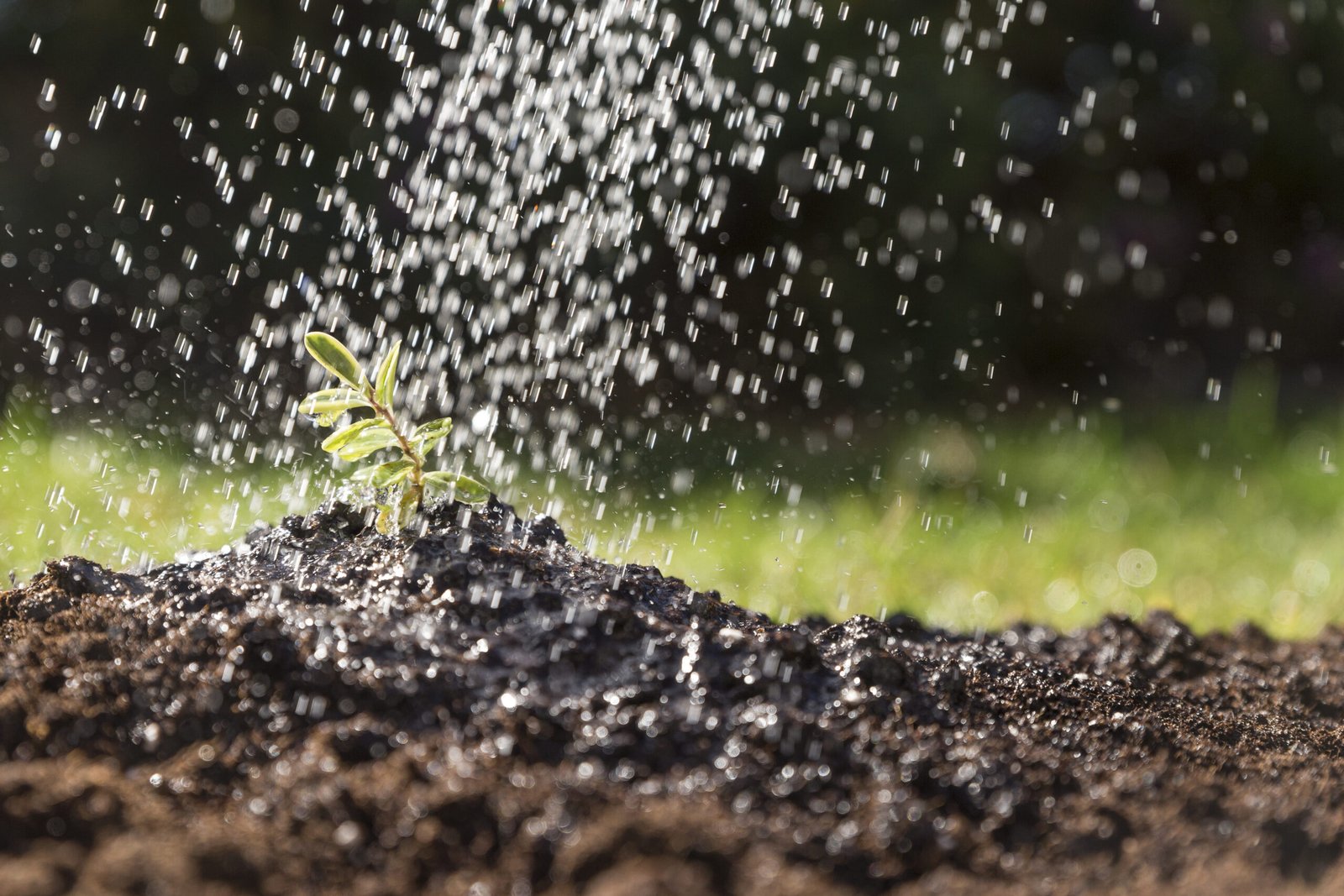Our Blog
Slow-Release Fertilizer: The Key to Long-Lasting Nutrients for Your Plants
December 30, 2024

Fertilizer plays a critical role in plant growth, providing essential nutrients like nitrogen, phosphorus, and potassium. However, the timing and method of nutrient delivery can significantly impact plant health and productivity. This is where slow-release fertilizers come into play. In 2024, they are becoming increasingly popular for their ability to deliver nutrients steadily over time, promoting healthier plants and improving yields. Let’s explore how slow-release fertilizers work and why they are a game-changer for modern agriculture.
1. How Slow-Release Fertilizers Work
Unlike conventional fertilizers that provide nutrients all at once, slow-release fertilizers are designed to release nutrients gradually over an extended period.
Mechanism: These fertilizers are coated with a special material (like polymers) or formulated in a way that delays nutrient availability.
Benefit: This controlled release ensures a consistent supply of nutrients, reducing the need for frequent applications.
2. Benefits of Slow-Release Fertilizers
Reduced Nutrient Loss: By preventing rapid nutrient leaching, slow-release fertilizers minimize nutrient runoff into water sources, helping to protect the environment.
Improved Plant Health and Growth: Steady nutrient delivery promotes healthier roots, stems, and foliage, leading to enhanced crop yields.
Cost-Effective: Though initially more expensive, they reduce the need for multiple applications, saving both time and money in the long run.
3. Ideal for Water-Sensitive Areas
In regions prone to water scarcity or frequent rainfall, slow-release fertilizers are particularly beneficial.
Water Retention: These fertilizers help retain moisture in the soil, reducing irrigation needs and enhancing water efficiency.
Climate Adaptability: They are especially useful in drought-prone areas where nutrient availability can fluctuate due to inconsistent rainfall patterns.
4. Enhancing Soil Health and Fertility
Slow-release fertilizers contribute to long-term soil health by improving nutrient retention and promoting microbial activity.
Soil Fertility: They enhance the nutrient balance in the soil, reducing the need for continuous soil amendments.
Microbial Activity: The gradual nutrient release supports beneficial soil organisms, fostering a healthy ecosystem.
5. Perfect for Precision Agriculture
With the rise of precision farming technologies, slow-release fertilizers are becoming an integral part of smart farming practices.
Precision Delivery: These fertilizers align with GPS and sensor-based systems to provide nutrients only where and when needed.
Optimal Use: This ensures more efficient nutrient application, minimizing waste and increasing ROI.
6. Long-Term Yield Improvement
Investing in slow-release fertilizers can lead to significant long-term productivity gains.
Stable Growth: The consistent nutrient supply ensures plants have access to the right nutrients throughout their growth cycles.
Yield Increases: Many farmers have reported better yields due to the sustained nutrient availability that supports stronger root systems and healthier crops.
7. When to Use Slow-Release Fertilizers
Planting Stage: Ideal for crops that require a steady supply of nutrients over several months.
Perennial Plants: Trees, shrubs, and other long-term crops benefit greatly from slow-release fertilizers.
Seasonal Crops: These fertilizers can also be used effectively in high-value crops like vegetables and fruits, promoting sustained growth and higher quality yields.
Conclusion
Slow-release fertilizers are a valuable tool in modern agriculture, offering long-lasting nutrient availability, reducing the need for frequent applications, and promoting sustainable farming practices. By ensuring a steady supply of nutrients, they contribute to healthier plants, increased yields, and reduced environmental impact. Whether you’re farming in water-scarce regions or seeking cost-effective solutions, slow-release fertilizers are the key to unlocking long-term success in your crops.

